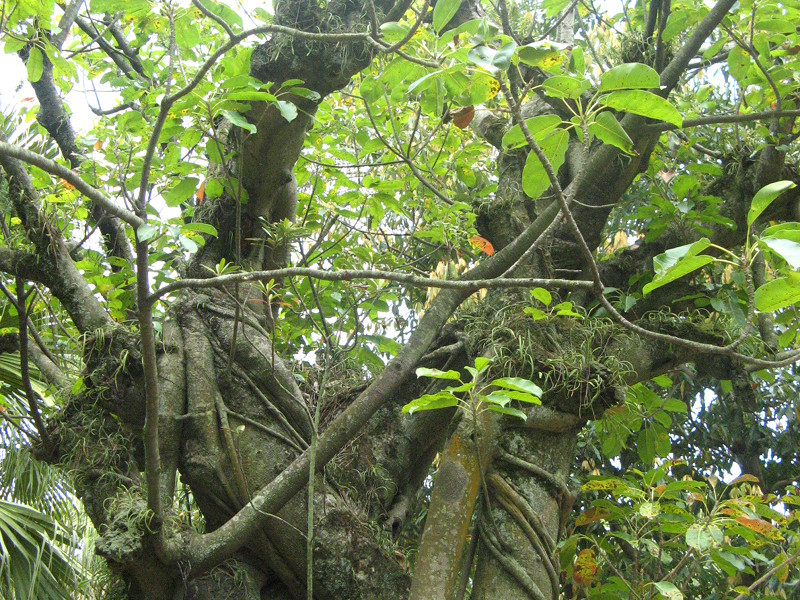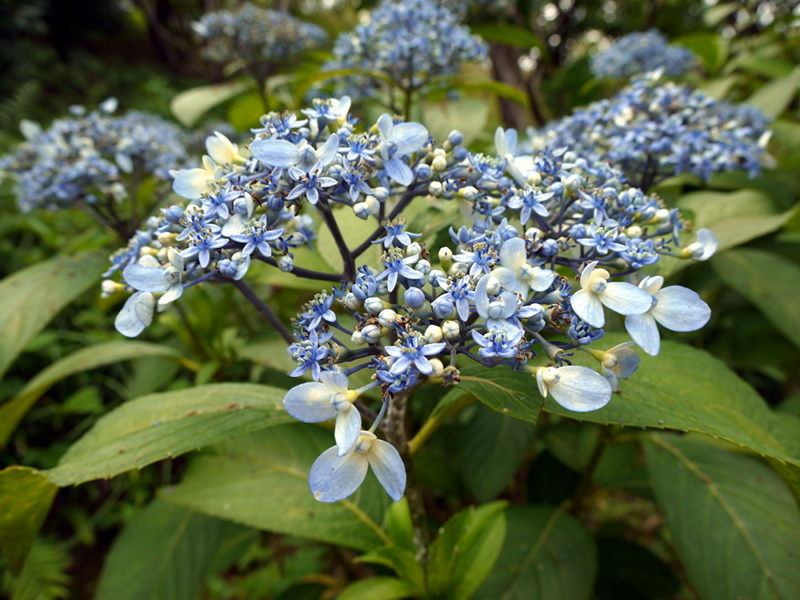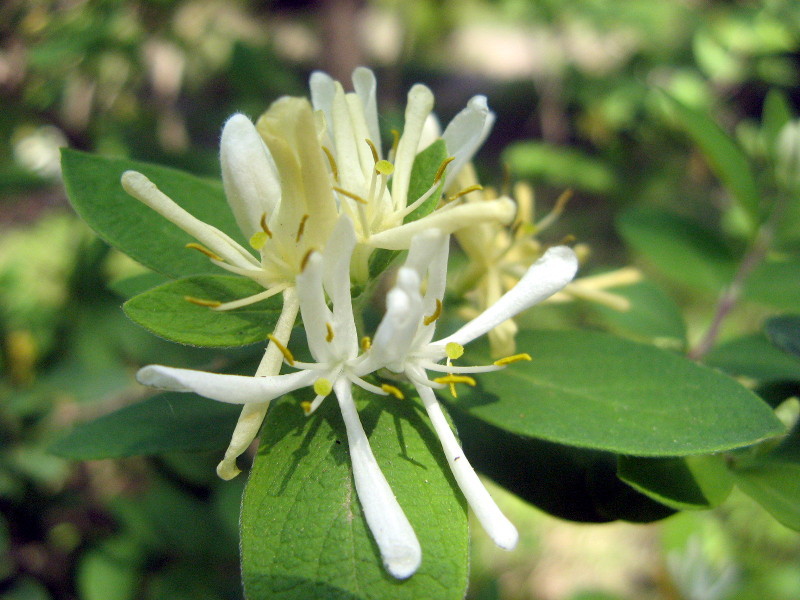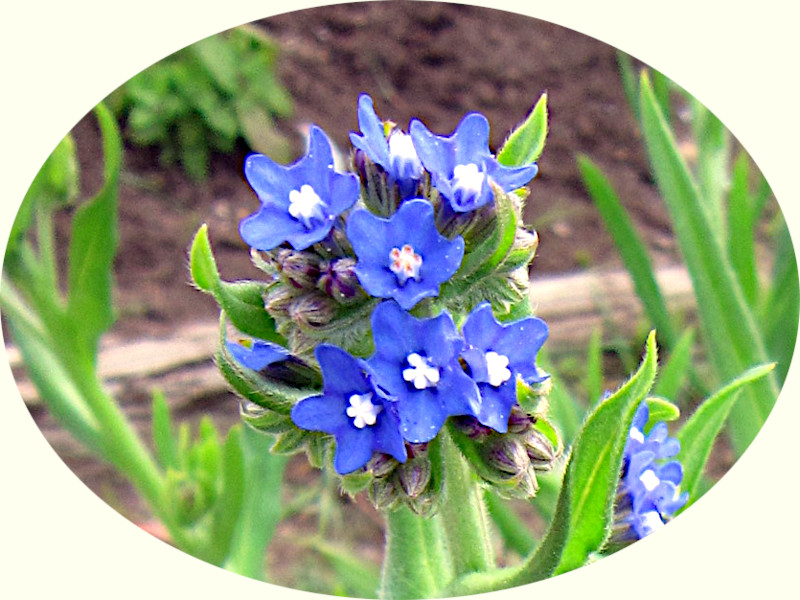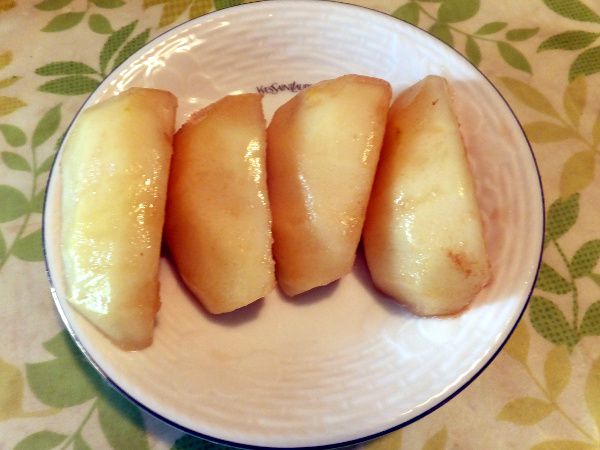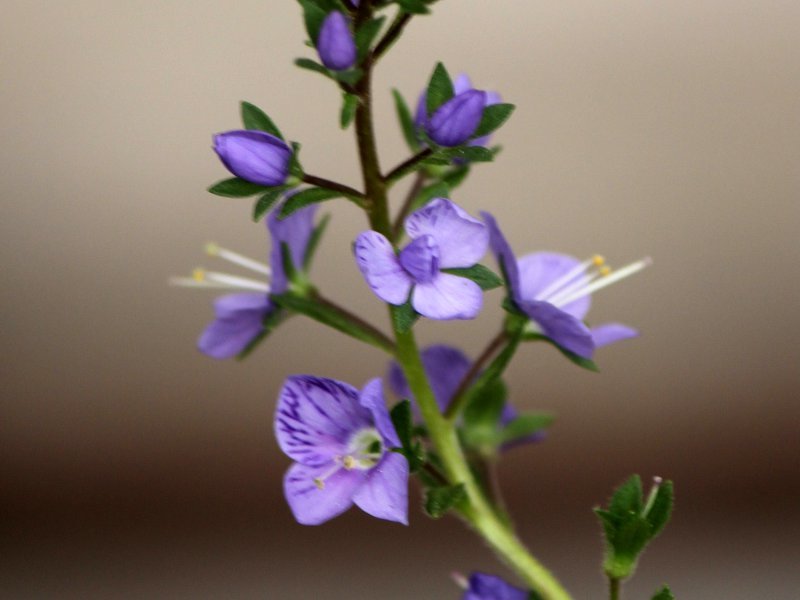Daphniphyllum teijsmannii
- Flower nameDaphniphyllum teijsmannii
- Scientific nameDaphniphyllum teijsmannii
- Aliasオヤコグサ, 姫譲り葉, 親子草
- Place of originJapan-Taiwan
- Place of floweringGarden, Park
- Flowering seasonMay
What is Daphniphyllum teijsmannii
Daphniphyllum teijsmannii or hime yuzuriha (scientific name:Daphniphyllum teijsmannii) is an evergreen trees of the Daphniphyllaceae department Daphniphyllum genus of native to Japan and Taiwan. It grows wild near the shore of Okinawa from Kanto in Japan. It makes pale yellow anthers in early summer. It has not petal. When new leaves appear in spring, , it shed old leaves. It is dioecious, and male flowers are without petals, makes only many pale yellow anthers bloom in early summer. When anther is destroyed, pollen appears, and anther changes color in purple brown. The female hangs spherical small fruit of the bluish green into a a bunch form after a flower and whitens as black ripens in autumn, and the surface blew on powder. Because fruit has alkaloids and a poisoning symptom happens, it is not edible. It was included in spurge family before, but became independent by a DNA judgment now as a Daphniphyllaceae department. In the same genus there is Daphniphyllum macropodum. Macropodum has a bigger leaf, and a leafstalk turns red and is accompanied so that waviness, fruit stand, and a leaf border goes up it. The name of Teijsmannii depends on the leaves are smaller than Macropodum. The leaves are collected in at the top of the stem.
Generic name: Daphniphyllum teijsmannii, scientific name:Daphniphyllum teijsmannii, aka: hime yuzuriha, Place of origin: Japan to Taiwan, Distribution: Fukushima to Shikoku, Kyushu and Okinawa, Tree height: 5-10 m, Bark color: grayish brown with a coat, Leaf blade: 15 cm, Leaf width: 4 cm, Petiole: 3.5 cm, Petiole color: green, Leaves: alternate, Leaf shape: oblong, Leaf margin: full margin, Leaf hair: hairless on both sides, Leaf ornamental period: perennial, dioecious Flowers (flower cover): none; heart coat: 2; flowering place: leaf axils; anther color: light yellow, purple-brown; calyx: yes; flowering season: May; fruiting season: November; fruit color: blue-green to black; fruit-bearing: standing up.

